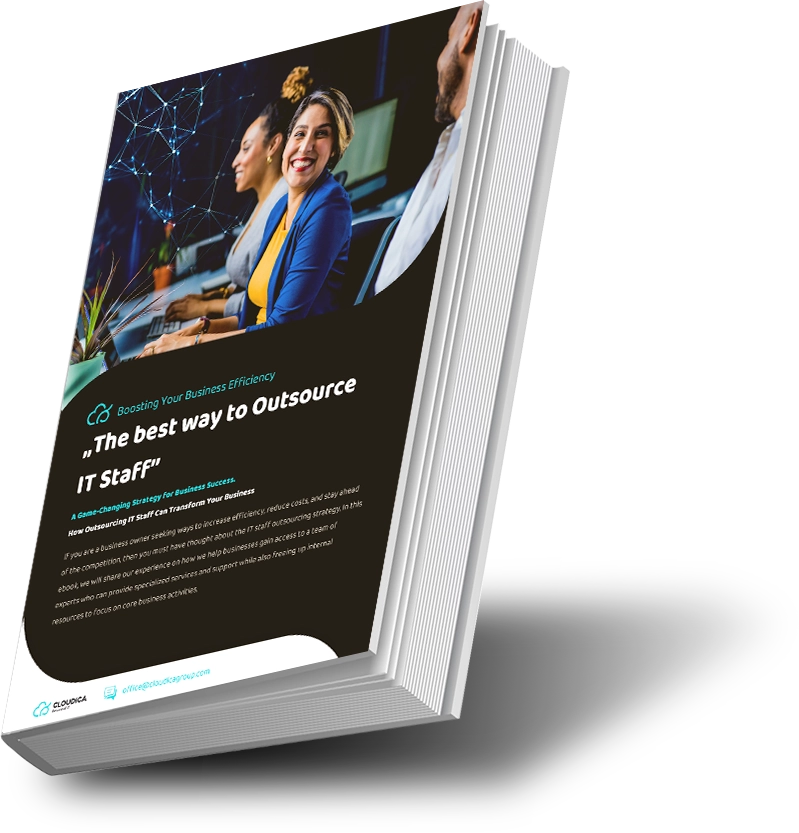Your Maturity Index
Calculate the Cyber Security Maturity Index
With our comprehensive Cyber Security Maturity Index, you can gain insights that make a difference. It’s a great opportunity to evaluate your organization’s security standing.
Your Maturity Index
Cyber Security Maturity Index
Assessing your cybersecurity maturity is crucial for evaluating your current security posture and identifying areas for improvement.
The calculated cybersecurity maturity index provides a clear roadmap for enhancing your security capabilities, reducing vulnerabilities, and safeguarding your valuable assets from cyber threats. Embracing a proactive approach to cybersecurity maturity assessment is an essential step toward building a robust and resilient security foundation for your organization.
Assign a score of 1-5 to each question based on your demonstrated level of maturity. For instance, a score of 1 indicates a basic level of maturity, while a score of 5 represents an advanced level of maturity.

Time's up

